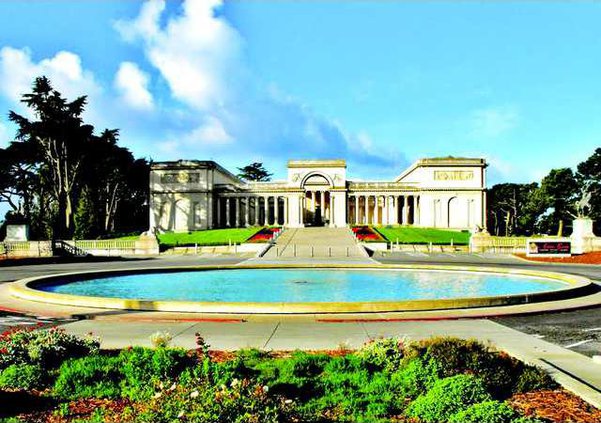One of the sweetest immigrant success stories ever helped provide a decent living for generations of Manteca families and provided area farmers steady income for 75 years.
Claus Spreckels — born in a small village in what is now modern-day Germany on July 9, 1828 — was a farmhand thrown out of work by crop failure and political upheaval when he immigrated to the United States in 1848. When he arrived in Charleston, South Carolina at age 20 he spoke no English and had only 75 cents to his name.
By the time of his death on Dec. 26, 1908 in San Francisco Spreckels was worth $1.5 billion in today’s dollars. He had become known as the Sugar King of Hawaii and had a number of successful enterprises including Spreckels Sugar.
His empire included sugar, banks, railroads, sea shipping lines, gas and electricity, breweries, newspapers, and real estate.
Spreckels’ firm — under the leadership of his son Adolph Spreckels — expanded into Manteca by contracting with farmers to grow 244 acres of sugar beets in the Nile Garden area south of present-day Manteca after the formation of the South San Joaquin Irrigation District triggered a surge in agricultural production and pumped new life into Manteca and Ripon.
That first crop tested high in sugar. That led to Spreckels signing contracts with farmers to grow 1,300 acres of sugar beets out of the 14,000 acres being supplied with water by SSJID.
By 1916, 7,000 acres in Manteca were planted in sugar beets. Spreckels officially formed its Manteca Distruct as well as two nearby — the Modesto and Stockton Districts. Beet dumps and loading stations were built along Southern Pacific as well as Tidewater railroad tracks in Manteca, Lathrop, French Camo, Summer Home and Calla.
The exceptional sugar content and agreement by 125 growers I the Manteca District to plant 6,700 acres in sugar beets and similar commitments in the Stockton and Modesto area led to the decision to build a sugar refinery plant. Manteca in 1916 beat out strong bids in 1916 from Modesto and Stockton to land the sugar firm’s commitment to build a factory. The initial operation was built where the Manteca Target store is today and lasted until it was shuttered in 1996 due to a shift to fructose for commercial use such as sodas, increased labor costs, and ever changing air quality standards in the San Joaquin Valley.
The marks left on Manteca and Northern California by the Spreckels Sugar Empire are still visible today.
In Manteca, the 362-acre plant site has been converted into a high profile retail center and business park along with the 177-home Curran Grove neighborhood.
Just 76 miles away in San Francisco the wealth that sugar beets grown in Manteca soil helped generate paid for a number of famous landmarks. Adolph Spreckels:
udonated the Palace of the Legion of Honor art museum to the City of San Francisco that was completed in 1924
ubuilt a Beaux-Arts style mansion in 1913 in San Francisco’s most exclusive neighborhood — Pacific Heights. The mansion is now the home of prolific romance novelist Danielle Steel.
udonated a large chunk of land from today’s 25th Avenue to the Great Highway to expand Golden Gate Park when he served as president of the San Francisco Parks Commission. Spreckels Lake — built specifically for use by model yacht enthusiasts — was named after Spreckels by the commission over his objections. He had wanted the manmade lake located near the Dutch Windmill overlooking the Great Highway to be named Model Yacht Lake and objected strenuously to the decision. Spreckels was one of the key players in the overall development of Golden Gate Park.
But perhaps the most impressive remaining monument to Spreckels Sugar’s impact on Northern California — especially to those with deep roots in Manteca — can be found 126 miles to the southwest of Manteca.
Spreckels, California
It is where you will find Spreckels, California. It is four miles south of Salinas in the Salinas Valley portion of Monterey County.
When the sugar plant was built in Spreckels in 1899 it was the largest in the world. It used 13 millions of water each day to process roughly 3,000 tons of sugar beers.
There are 229 homes in Spreckels of which many have architecture that reflects century-old nuances. There are 675 people, a Spreckels Memorial Park, Spreckels Post Office, and Spreckels Elementary School.
The massive sugar stories — in excess of 20 stories —stills stand. They dwarf the four 15-story silos imploded in 1998 at the Manteca factory to make way for the Spreckels Park development.
Immigrant with 75 cents fueled sugar empire that helped Manteca prosper





